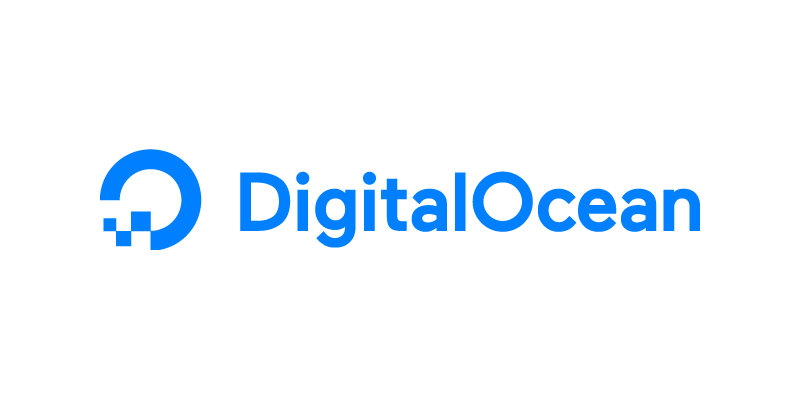 CLOUD
CLOUD
 CLOUD
CLOUD
 CLOUD
CLOUD
With its public cloud on the verge of reaching a million users, DigitalOcean Inc. is ramping up feature development to ensure that new bookings keep coming down the pipe.
The latest fruit of the provider’s efforts is a new load balancing mechanism designed to help customers distribute work among their virtual machines more easily. Like the other services that DigitalOcean offers, it’s accessible both from a graphical control console and a programming interface that makes it possible to to manage traffic allocation via the command line. Developers can customize everything from their security certificates to the web protocol through which requests are transferred.
The capability is touted as a more convenient alternative to manually setting up a load balancer inside a DigitalOcean instance, which was the only way users could automate traffic distribution until now. It’s the latest of a series of major feature additions that the provider has made to its public cloud since securing a $130 million line of credit from a banking consortium last year. Most recently, it added the ability for customers to tag their virtual instances to let third-party automation tools distinguish workloads more easily.
DigitalOcean plans to keep adding more capabilities in coming quarters. Julia Austin, the provider’s chief technology officer, wrote in a blog post earlier this year that her team will place a particular emphasis on addressing users’ “availability, data storage, security and networking needs.”
Building a better feature set will be crucial if DigitalOcean wants fend off the increasing competition from Amazon.com Inc. and other better-established providers. A particularly big threat is the low-cost Lightsail hosting platform that Amazon launched last year, which offers preconfigured virtual private servers for as little as $5 per month.
The company is the industry’s second-largest cloud provider by virtual servers deployed, according to data from NetCraft. In her blog post earlier this year, Austin revealed that users spun up 26 million instances during 2016.
Support our mission to keep content open and free by engaging with theCUBE community. Join theCUBE’s Alumni Trust Network, where technology leaders connect, share intelligence and create opportunities.
Founded by tech visionaries John Furrier and Dave Vellante, SiliconANGLE Media has built a dynamic ecosystem of industry-leading digital media brands that reach 15+ million elite tech professionals. Our new proprietary theCUBE AI Video Cloud is breaking ground in audience interaction, leveraging theCUBEai.com neural network to help technology companies make data-driven decisions and stay at the forefront of industry conversations.